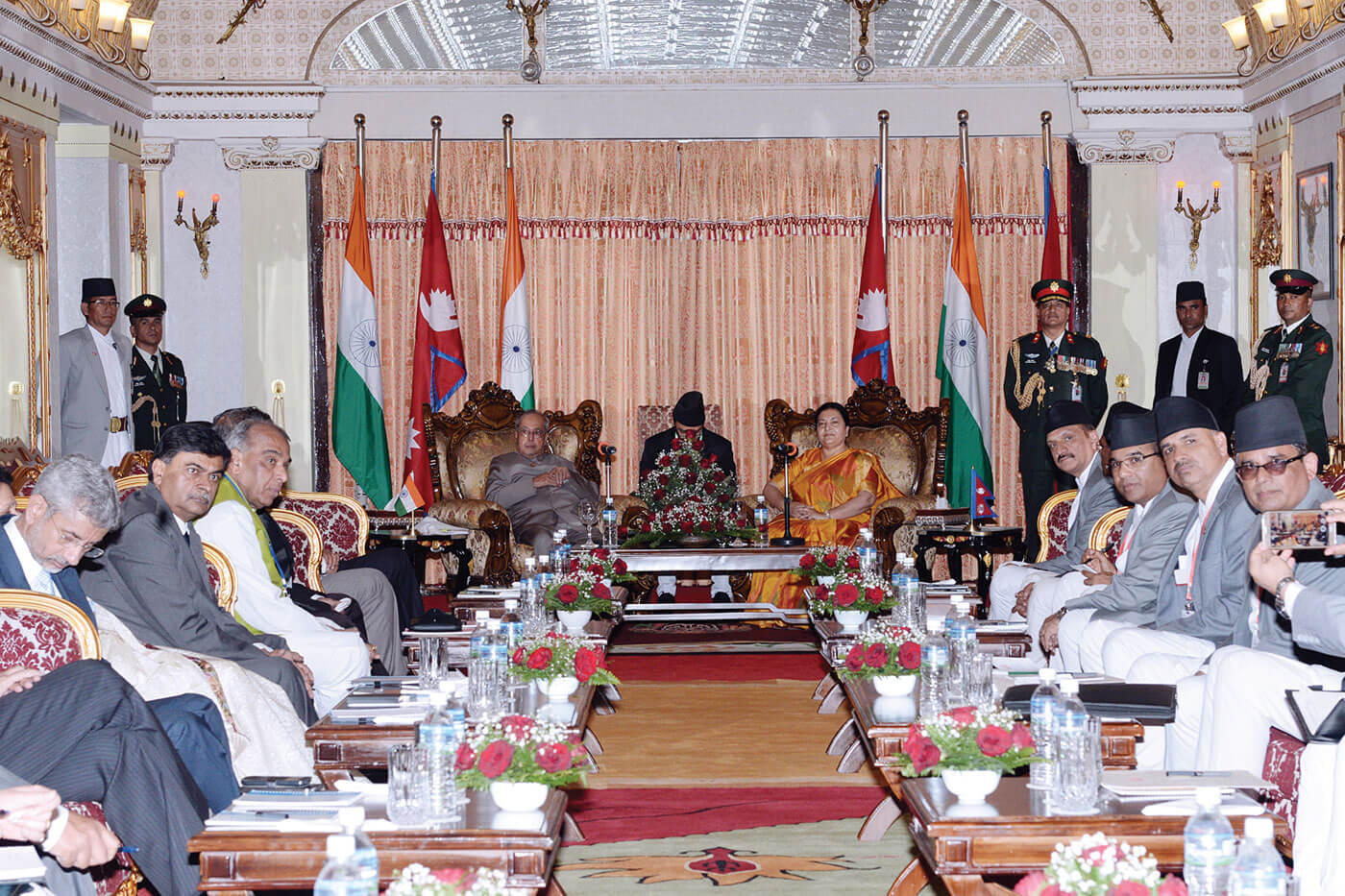Plastic money
Conservation group pays Rs 1 for every discarded plastic bottle in Langtang to upcycle them

Langtang Valley is just beginning to recover from the earthquake three years ago, but another disaster looms large here in the high Himalaya: The Plastic Crisis.
As the region rebuilds, tourists are flocking back to this stunningly scenic region, 7-hour drive north of Kathmandu. Every year, about 15,000 trekkers visit the Langtang National Park, using up and leaving behind 200,000 plastic water bottles. A conservative estimate puts the number of discarded bottles in Langtang Valley alone at 5 million.
It takes just three seconds to throw away a water bottle, but it will take 450 years for it to biodegrade. The plastic will be around for seven more generations of Nepalis by the banks of the Bhote Kosi (picture below).
But here in Langtang survivors of the earthquake are building a new beginning, they have understood the importance of keeping this jewel clean and safe. These mountains are an asset in the richest sense of the word, with huge aesthetic and environmental value which, if protected, can also provide economic benefits from trekking.

The Partnership for Sustainable Development (PSD) is a Nepali advocacy group involved in the retrieval and recycling of plastic trash in cooperation with the Kyanjin Gompa Langtang Society. PSD is also partnering with Sustainable Mountain Architecture to build a model pavilion entirely of plastic bottles in Rasuwa to raise public awareness. It supports the work of Nepali scientists to turn plastic waste into diesel. All this may seem like a drop in the ocean compared to the 1,000 tons of solid waste daily, much of it plastic, that Kathmandu produces. But every drop counts.
Read also:
Industrial scale litter, Mukesh Pokhrel
Virtuous cycle, Yuvaraj Shrestha

In 2017 PSD launched a simple scheme to pay Rs1 for every PET bottle. About 15,000 bottles per month collected from Langtang are dispatched to Himalayan Plastic in Pokhara where they are recycled to make educational material. The whole enterprise is funded and fuelled by the economics of recycling and providing desperately needed employment, vision, and long-term support in Langtang, where 400 people lost their lives in the earthquake.
Cultivating a circular economy around waste, especially plastic, is one way to tackle the impact of the quake on tourism. It creates jobs, local employment, and local responsibility for waste that would otherwise litter the environment.
Thopden Sonam has been hard at work for the past seven months collecting, sorting, cleaning, and storing the 500kg of plastic bottles a month that are trucked to Himalayan Plastic. The 1000-litre drums are full to the brim with sorted plastic, ready for the next shipment. Thopden stores the leftover mix of sugar-soda bottles and mineral water bottles supplied to trekkers in the valley. You name the brand and they have all been salvaged from the banks of rivers in Langtang Valley: Bailley, Natural Nepal Water, Kinley, Aqua, Coke, Sprite.
Read also:
Rupees from rubish, Sahina Shrestha
Everest garbage caravan, Sonia Awale

Our slogan ‘Langtang Himal, Ramro Himal’ seeks to spread environmental consciousness and clean trails, and help the tourism economy. Convincing the locals is no easy matter, and sometimes things move slow.
Recycling is not only an option for keeping the Himalaya clean, but can also be a modest income stream for local people.
The 100 tons of plastic thrown away actually represents Rs 7 million, if it can be collected for recycling.
Slowly, the message is spreading: why throw bottles in the river, if you can recycle them? Even better, why recycle them if you can upcycle?
Samuel Johns studied geography at the University of Oxford and UBC in Canada and writes about the Himalaya in the anthropocene.
Read also:
A load of rubbish, Sahina Shrestha
The reincarnation of a holy valley, Clara Bullock





